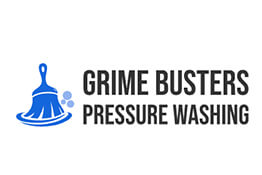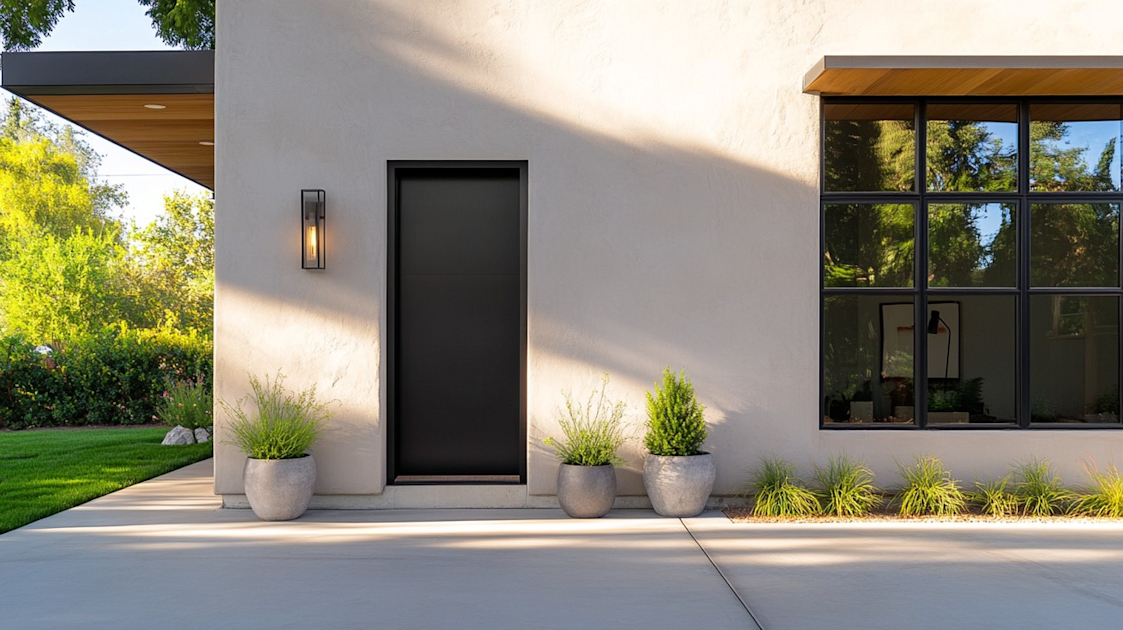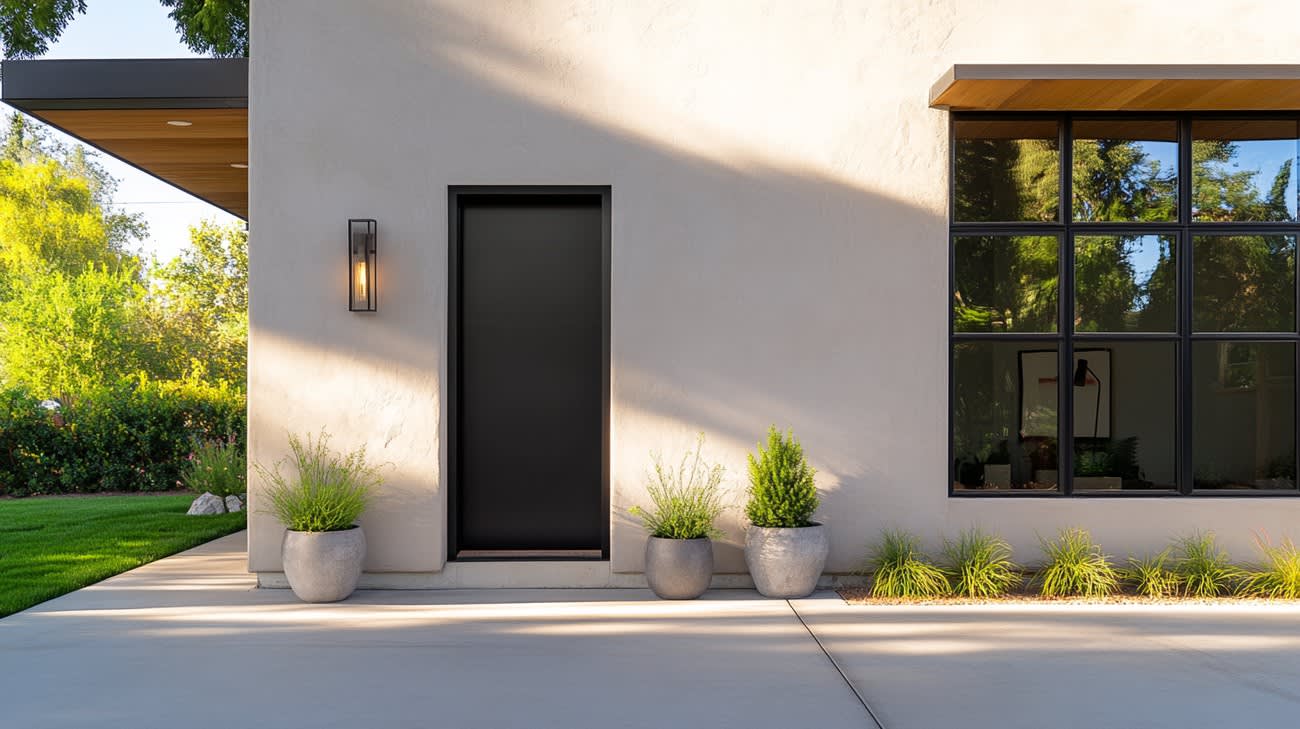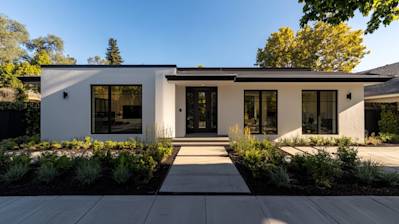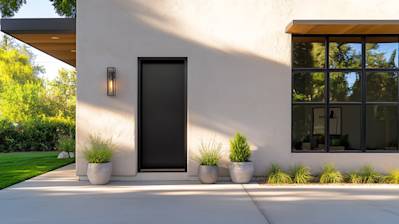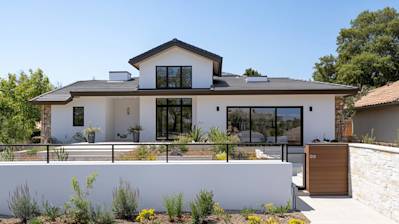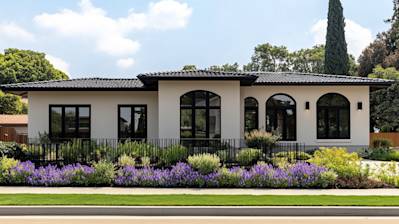Stucco is a popular choice for home exteriors due to its hardy nature and aesthetic appeal. However, cracks are a common and quite prevalent problem that one might encounter with stucco surfaces. With this article, we aim to shed light on the various reasons for stucco cracking and explore preventative measures for the same.
Understanding Stucco and Its Cracking Tendency
Stucco is a construction material that comprises cement, water, and sand. It's a time-tested, long-lasting exterior finish known for its resilience and adaptability to diverse designs and colors. Despite the sturdiness, over time, stucco may exhibit various kinds of cracks. But why does stucco crack?
Causes of Stucco Cracks
Stucco cracks are typically of three kinds: patterned cracking, shrinkage cracking, and structural cracking. The type of crack can often indicate the underlying cause. Below, we delve into the most common reasons for these cracks in stucco.
1. Improper Installation and Mixing
Choosing a skilled contractor is vital. However, if the stucco mixture lacks consistency, or the application process is rushed, it can significantly impact the durability of the stucco, leading to cracks. Incorrect mixing ratio, addition of excess water, or inadequate blending time can pose a problem too.
2. Structural House Movement
Houses and buildings experience continuous and slight shifting due to settling, natural disasters, or temperature changes. This structural movement can inflict pressure on the stucco, causing it to crack.
3. Inadequate Curing Time
Stucco needs a substantial amount of curing time post-installation. The stucco surface needs to be kept damp during this period for a strong bond formation. An inadequate curing period can lead to the development of shrinkage cracks.
4. Absence of Control Joints
Control joints mitigate the effect of structural movements and thermal expansion. They facilitate strategically placed separation in the stucco to prevent cracking. The absence or incorrect placement of these joints can cause cracks in stucco.
5. Exposure to Harsh Weather Conditions
Stucco, like any other building material, is vulnerable to harsh environmental conditions. Extreme sudden temperature changes are known as thermal shock can lead to stucco cracking.
Preventing Stucco Cracking
Preventing cracks in stucco might not entirely be possible, however the following practices can drastically reduce the risk:
- Ensure professional and skilled installation
- Opt for appropriate curing time
- Use control joints precisely
- Maintain stucco surface well to handle harsh weather conditions
How to Repair Stucco Cracks
Knowing the cause of cracking is only half the battle won; you must also know how to fix these cracks. Thankfully, repairing stucco cracks is a straightforward process, which we detail below.
Step 1: Cleaning the Crack
Primarily, this involves the removal of loose debris and dust using a brush.
Step 2: Widening the Crack
This step requires a utility knife or screwdriver to widen the crack, enabling better penetration of repair material.
3. Filling the Crack
With a caulking gun, carefully apply a quality acrylic or siliconized acrylic caulk designed specifically for masonry or stucco repair.
4. Smoothing Out the Surface
Use a putty knife to smooth out the applied caulk, ensuring seamless blending with the existing stucco texture.
5. Painting the Stucco
Once the caulking has dried, the stucco can be repainted to restore its original appearance.
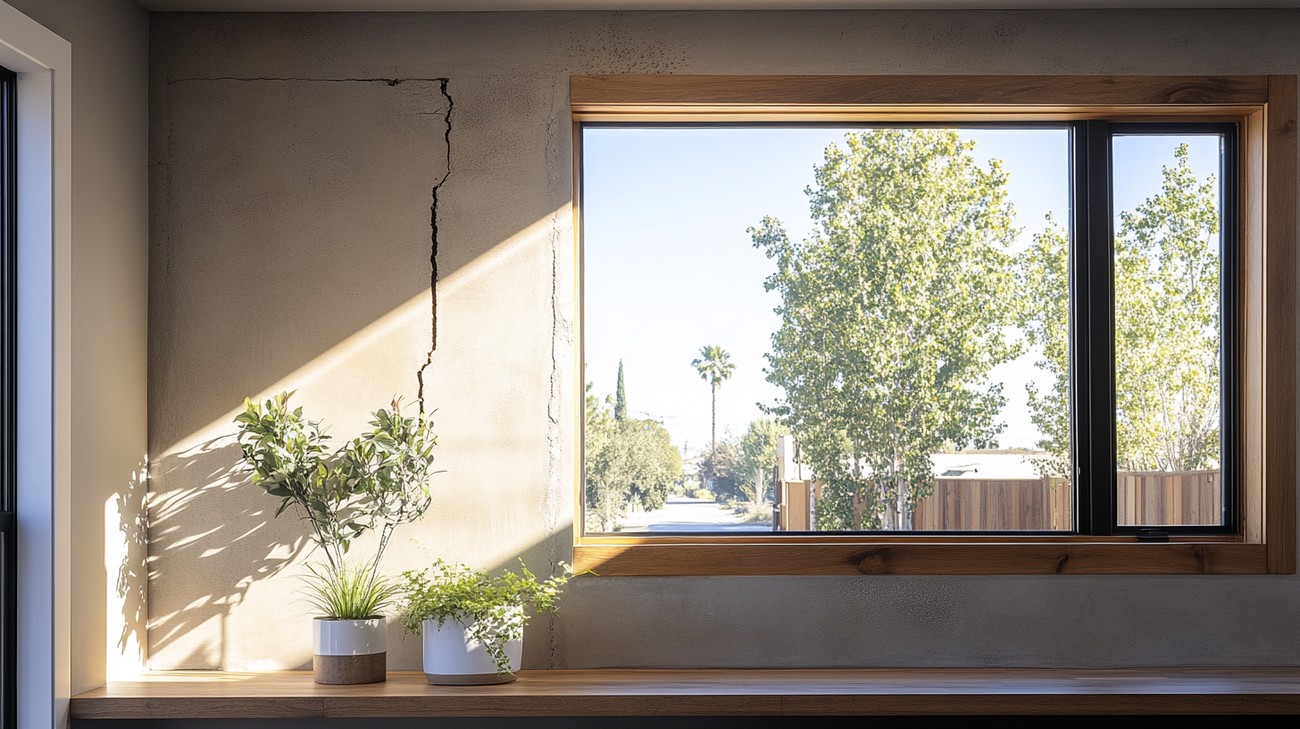
Frequently Asked Questions about Why Does Stucco Crack
Is It Normal for Newly Applied Stucco To Crack?
Yes, it is not uncommon for newly applied stucco to crack. As the stucco dries and hardens, it naturally shrinks, which can cause tiny cracks, commonly known as hairline cracks. While unsightly, they are not typically a sign of a major structural issue and can be easily repaired.
How Does Weather Lead To Stucco Cracking?
Extremes in weather and climate changes can cause stucco to crack. Stucco, like many materials, expands and contracts with changes in temperature. In areas where there are large temperature swings from day to night, the continued expansion and contraction can gradually lead to cracks in your stucco. Moisture, in particular, can wreak havoc on stucco, causing it to soften and crack.
How Does The Foundation Settling Lead To Stucco Cracking?
When a building settles, it means the soil underneath the building is moving and shifting, leading to slight movements in the structure itself. Since the stucco is rigid and hard, it doesn’t handle the movement well, which often results in cracks. Stucco cracking due to foundation settling is most common in older homes, especially those built on clay soil.
What Happens If Cracks In Stucco Are Not Treated?
If cracks in stucco are left untreated, they can widen over time and become a pathway for moisture to enter the building. This can lead to water damage, mold growth, or damage to the interior of your property. Additionally, untreated cracks can continue to grow, resulting in larger structural problems that could lead to higher costs for repair or even replacement of the stucco.
What Types of Cracks Can Occur In Stucco?
There are several types of stucco cracks. Hairline cracks are very thin and are often less than 1/16 of an inch wide. Spider cracks are a series of small, interconnected hairline cracks. Pattern cracks are wider, often straight, and appear in a regular pattern. Lastly, large cracks are typically wider than 1/16 of an inch and can often indicate serious structural issues.
Can Improper Stucco Installation Lead To Cracking?
Yes, improper installation of stucco can definitely contribute to cracking. Applying stucco inaccurately—like making it too thick or thin, not allowing it to cure correctly, or not installing control joints—can make it prone to cracks. It is therefore essential to hire a professional stucco installation company to ensure the job is done correctly.
Are There Preventive Measures against Stucco Cracking?
Yes, there are several preventive measures against stucco cracking. Some of these include ensuring that the stucco installation is done properly, keeping up with regular maintenance, and addressing water drainage issues promptly. Use of control joints during installation of stucco can help manage the expansion and contraction of the material, therefore, reducing tendency to crack.
How Can I Repair Cracks In My Stucco?
Minor stucco cracks can often be fixed with a high-quality, exterior-grade, paintable caulk. For larger cracks, a professional stucco repair company should be contacted to assess the situation and suggest the best course of action. It’s crucial to address even minor stucco cracks promptly to avoid more expensive damage down the line.

Cons of Stucco Cracking
Aesthetic Implications
Unappealing Appearance
Cracking stucco can be unsightly, particularly when the cracks become large and conspicuous. Such imperfections may detract from the overall aesthetic appeal of your home, making it less visually appealing and possibly decreasing property value.
Reveals Age
Stucco cracks can reveal the age of a building. Although vintage homes carry their charm, visible signs of wear and tear may give an impression of neglect and poor upkeep.
Structural Impact
Potential for Further Damage
Stucco isn't just a decorative feature—it also provides an essential protective layer for the structural components of a building. Cracks in the stucco can compromise its ability to shield the structure from external elements, potentially leading to further damage.
May Indicate Serious Structural Issues
While not all stucco cracks signify serious problems, some can be indicative of underlying structural issues like foundation shifts. In such cases, the cracking is a symptom of a much more significant and costly issue.
Financial Concerns
Increased Maintenance Costs
The need to frequently repair stucco cracks can translate into increased maintenance costs. These costs aren't limited to materials and professional services charges, but also the potential loss of use of areas being repaired and possible impact on contents (if interior stucco finish).
Potential Decrease in Property Value
Significant and persistent stucco cracking can negatively affect your property's value. Prospective buyers might view such cracks as a sign of a property in poor condition or one that may require expensive repairs in the foreseeable future.
Health and Safety Issues
May Lead to Moisture Issues and Mold Growth
Stucco acts as a barrier against moisture. Cracks in stucco can allow water to seep into your home, which can lead to moisture issues such as dampness and mold growth. This is not just a concern for your home’s structural integrity but it also poses a health risk.
Pros of Stucco Cracking
It might seem odd to consider there being a 'pro' to stucco cracking, but there can be a silver lining when it comes to recognizing and addressing these cracks accordingly.
Inspection and Maintenance Opportunities
Can Help Identify Needed Repairs
Stucco cracks can serve as a visual cue that your home may require some attention. Recognizing these cracks allows homeowners to conduct adequate repairs and maintenance in a timely manner, potentially saving money in the long run.
Opportunity to Detect Underlying Problems
Cracks in stucco, whilst they can signify serious issues, do provide an opportunity to uncover underlying structural situations before they become too costly. These visible signs help to detect problems at an early stage.
Improvement and Renovation
Chance to Update Home’s Appearance
Dealing with stucco cracks often involves resurfacing the stucco. This provides a chance to refresh the look of your property, alter its texture, or change its color, thereby improving your house’s curb appeal.
Opportunity for Better Weatherproofing
When repairing stucco cracks, you can opt for new stucco materials designed to be more resistant to weather changes, which can reduce the likelihood of future cracking. This can be part of an overall energy efficiency upgrade.
In conclusion, while there are numerous cons associated with stucco cracking ranging from aesthetic to financial implications, there are also potential pros. Recognizing this balance is essential for homeowners looking at an unexpected crack. Stucco cracks are not necessarily the end of the world. With careful management, they can present opportunities for improvements and upgrades.

Myths and Misconceptions About Stucco Cracking
Myth 1: Stucco Cracking is Always Due to Poor Workmanship
Reality
One of the most common myths about stucco cracking is that it's always due to poor workmanship. While improper installation or poor materials can indeed lead to stucco cracking, these are not the only causes. Even high-quality stucco, installed by talented professionals, may still crack over time. Cracking is often a natural consequence of material ageing, weathering, and exposure to certain environmental conditions.
Myth 2: Cracks in Stucco Signal Structural Damage
Reality
Another misconception is that the presence of cracks in your stucco always means your home is suffering from structural damage. While large, deep cracks might indeed indicate a severe issue, hairline cracks or surface-level aesthetic imperfections do not necessarily reflect underlying structural problems. Cracks can be caused by various factors, including weather fluctuations, foundation settling, and natural expansion or contraction of the stucco itself. Always consult a professional if any structural damage is suspected.
Myth 3: The Appearance of Cracks Means Stucco is a Poor Choice of Material
Reality
Despite the potential for cracks to appear over time, stucco has remained a popular choice for home exteriors due to its durability, versatility and aesthetic appeal. Cracking does not automatically equate to stucco being a poor choice of material. It has outstanding weather resistance and customizable design options that make it an ideal choice for many homeowners.
Myth 4: Any Type of Crack in Stucco Indicate a Problem
Reality
A common misconception is that all cracks in stucco are problematic. However, the truth is that some degree of cracking is absolutely normal for stucco, and doesn't necessarily represent a problem. Dime-sized or hairline cracks can simply be a result of the natural expansion and contraction of the stucco due to changing temperatures and moisture levels. However, larger, wider cracks that span large portions of the stucco wall should be inspected by a professional, as they may point to underlying issues.
Myth 5: Stucco Cracks Can't Be Prevented
Reality
It is generally accepted that stucco will inevitably crack over time. However, this is not completely accurate. Preventative measures can be taken to reduce the likelihood of stucco cracking. These include using high-quality materials, employing skilled professionals for installation, and conducting proper maintenance such as regular painting and sealing.
Myth 6: Cracked Stucco Always Needs to Be Replaced
Reality
Finally, the belief that cracked stucco always needs to be replaced is an enduring myth. While some stucco cracks do require remedial work to maintain the integrity and attractiveness of the exterior, not all cracks deem a full replacement necessary. Bear in mind that replacement is invasive and costly and should be deemed necessary only after a thorough inspection by a professional. In many cases, cracks can be remedied by repairs and repainting.
In the end, it is important to discern the reality behind stucco cracking. This will help homeowners maintain their properties effectively and ensure the durability and longevity of their stucco installations.
Summary
Throughout this conversation, we've looked at various reasons to answer "why does stucco crack." It could be due to improper mixing during installation, moisture exposure, shifts in the home’s foundation, or poor quality materials. These predominant causes reveal that while stucco is highly durable, it's not completely immune to cracks. However, understanding these factors enables a homeowner to take preventative measures or carry out timely repairs to prolong the stucco's longevity.
One can't help but notice the multiple factors that answer the question "why does stucco crack". Each factor, from shrinkage during curing, weather variations or seismic events, contributes to stucco cracks. Although stucco gives a building an appealing look, it's equally important to regularly maintain this exterior material to ensure it continues to protect and beautify any structure.
Lastly, the nature of stucco is such that cracks appear for a myriad of reasons, leading us to question, "why does stucco crack?" Often, it's not a mark of fault but a natural happening in the course of time especially when engineering principles and weather conditions play a role. The good news? This shouldn't be a cause for panic - with regular inspection and proper maintenance, stucco can remain in great shape for many years.
About Atlas Stucco
Atlas Stucco is a dynamic construction company located in the heart of Sacramento, CA. We've been mastering the art of stucco for years, providing our clients with high-quality, durable, and visually appealing finishes. Our team is made up of experienced professionals who are fully dedicated to delivering excellence on every project. We consider everything: from precise budgeting to worksite safety, to ensure satisfaction. Here at Atlas Stucco, we're not only building robust stucco applications, we're also building strong relationships with our clients.
Tags: stucco, cracking, building maintenance,
